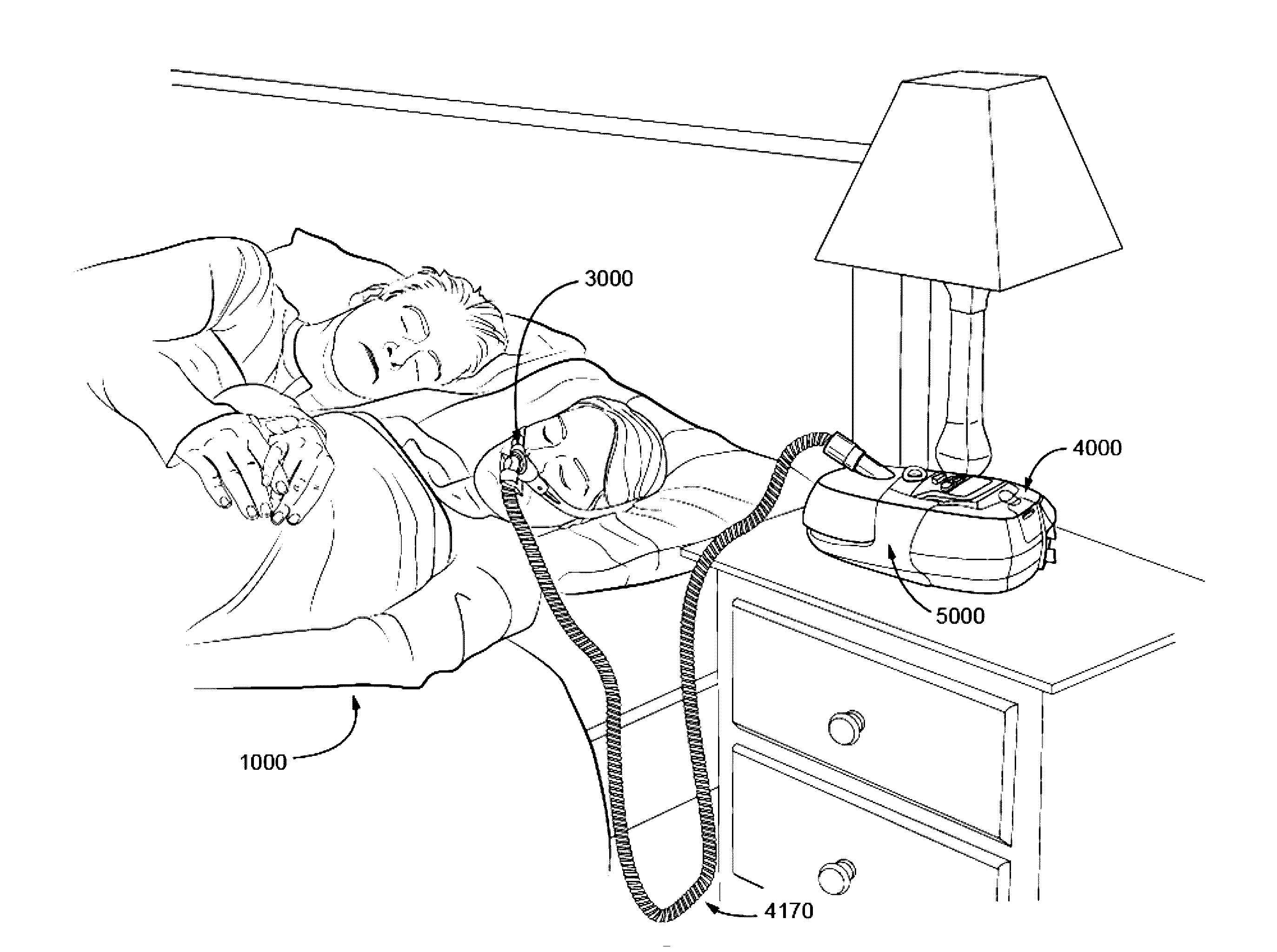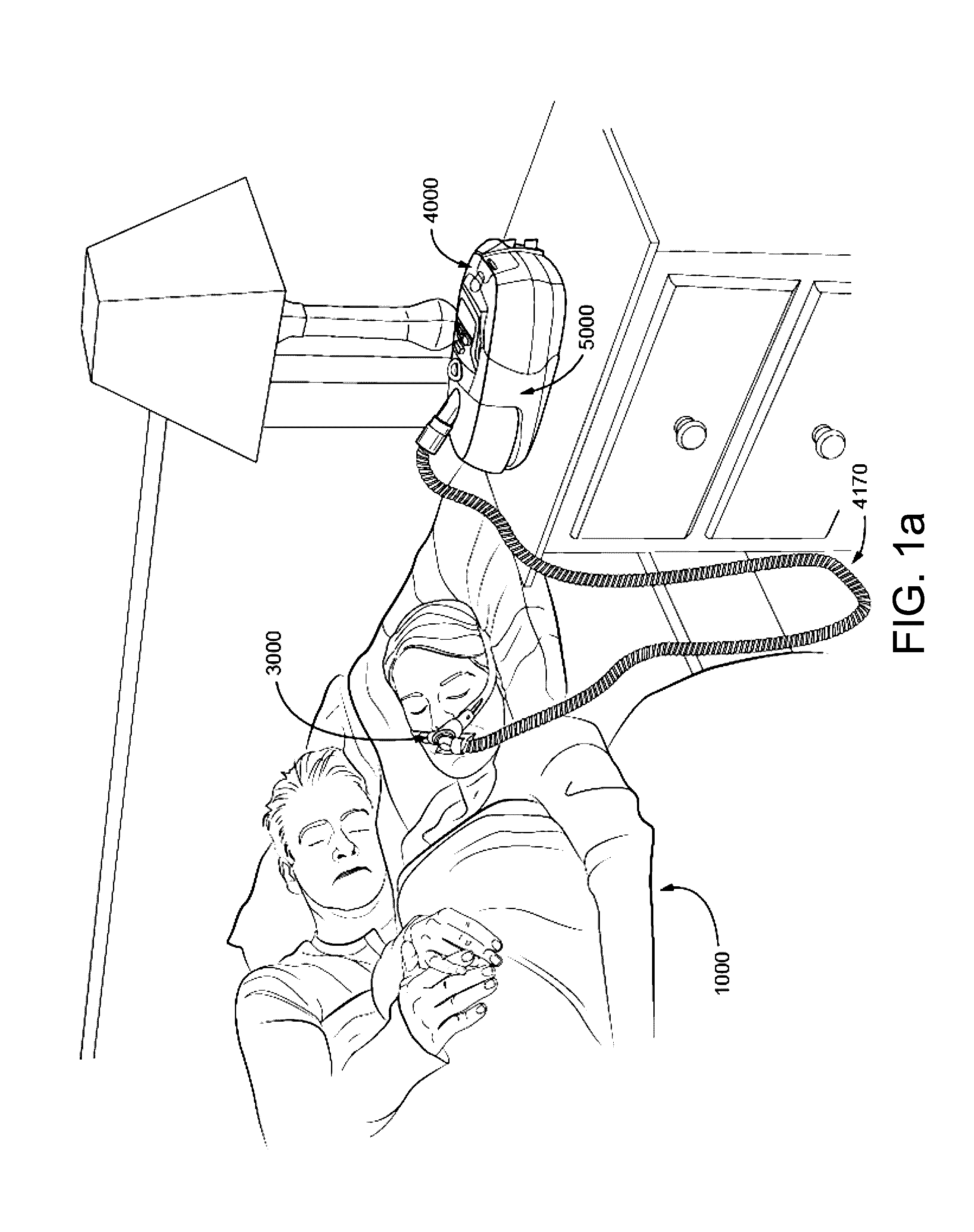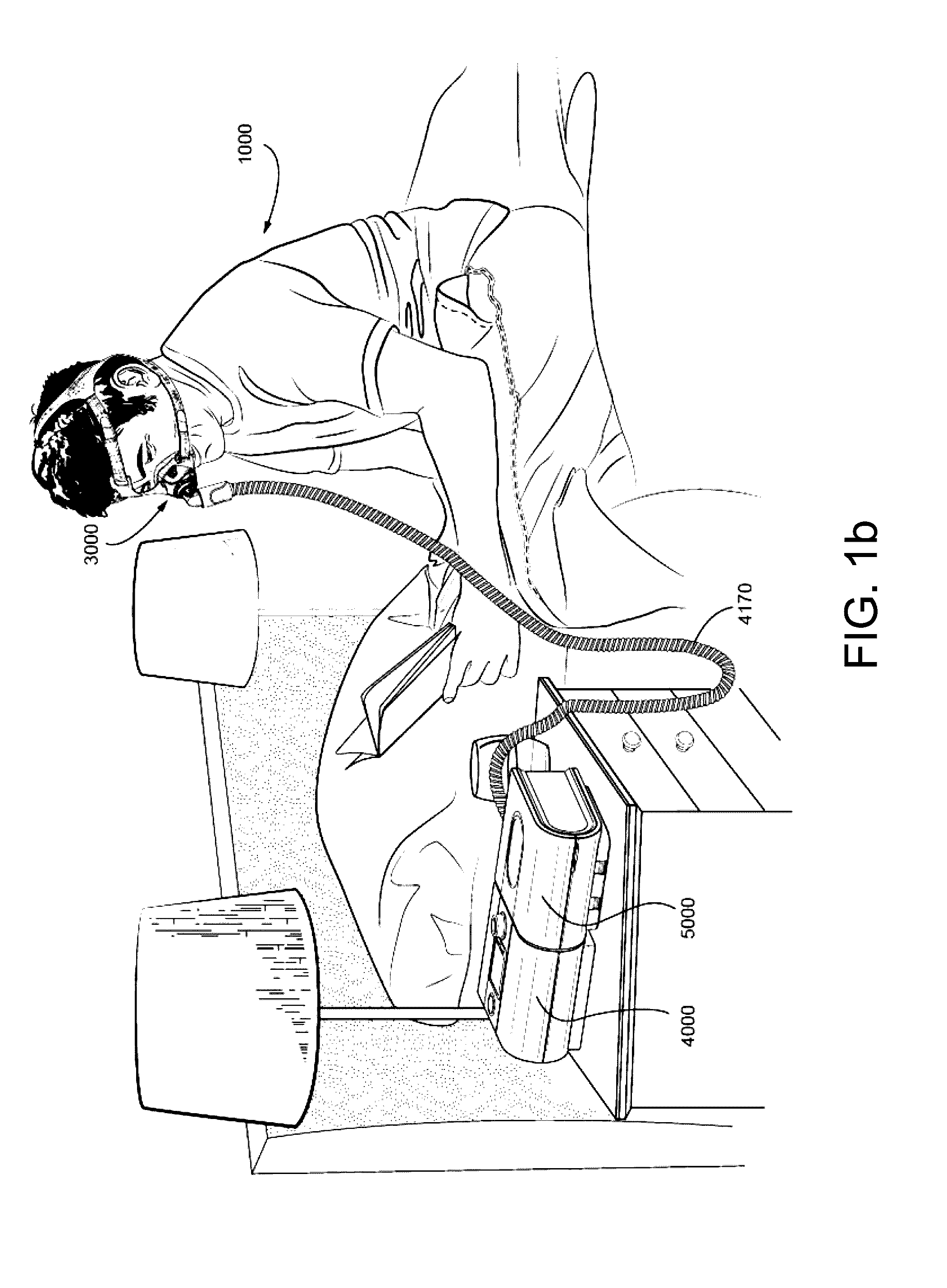Detection of periodic breathing
a technology of periodic breathing and detection of abnormal breathing, which is applied in the field of periodic breathing detection, can solve the problems of csr harm, cardiovascular disease and brain damage, excessive daytime somnolence, etc., and achieve the effects of improving comfort, cost, efficacy, and ease of us
- Summary
- Abstract
- Description
- Claims
- Application Information
AI Technical Summary
Benefits of technology
Problems solved by technology
Method used
Image
Examples
example implementation
[0291 details for detecting an instance of periodic breathing are described herein.
4.6.1 ECG Based Implementation
[0292]FIG. 8 illustrates an example implementation of a system 800 configured to detect periodic breathing based on an ECG signal and may optionally do so without an accelerometer signal. As shown in FIG. 8, the system 800 may include one or more of the following: an ECG input 810, an ECG preprocessing component 820, a feature extraction component 840, a posterior probability calculation component 860, and a classification component 880. Details with regard to each component are described herein.
4.6.1.1 ECG Input
[0293]The ECG input 810 may provide an input signal indicative of a surface ECG measurement of a patient. The surface ECG measurement may represent the patient's cardiac activity. The input 810 may include an ECG measurement device that measures ECG signals. For example, the input 810 may include a traditional Holter monitor, a 12-lead ECG device, or a patch-type ...
PUM
 Login to View More
Login to View More Abstract
Description
Claims
Application Information
 Login to View More
Login to View More - R&D
- Intellectual Property
- Life Sciences
- Materials
- Tech Scout
- Unparalleled Data Quality
- Higher Quality Content
- 60% Fewer Hallucinations
Browse by: Latest US Patents, China's latest patents, Technical Efficacy Thesaurus, Application Domain, Technology Topic, Popular Technical Reports.
© 2025 PatSnap. All rights reserved.Legal|Privacy policy|Modern Slavery Act Transparency Statement|Sitemap|About US| Contact US: help@patsnap.com



